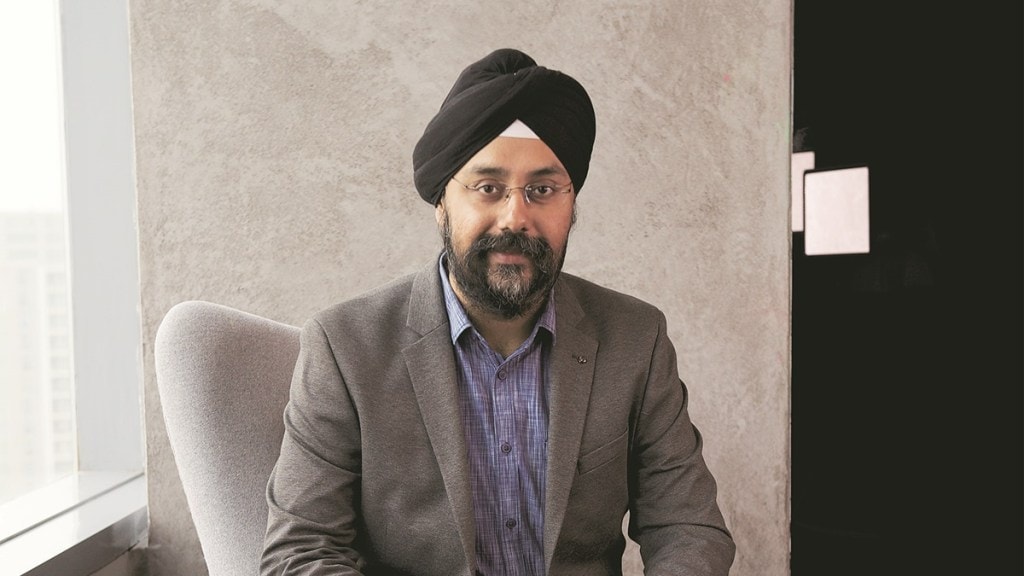During the pandemic years, ride-sharing company Uber introduced services such as Uber Connect and Uber Shuttle, while ramping up offerings in the two- and three-wheeler space. Prabhjeet Singh, president at the company for India & South Asia, tells Christina Moniz about its expanding portfolio, its plan to reach another 200 cities across the country, and more. Excerpts:
The company launched several new offerings during the pandemic. How have these been performing?
In the mobility space, Uber as a brand was able to respond to the pandemic quite well. In India, we had to scale down Uber Pool, while also adding new services such as Uber Connect that enabled consumers to send packages to their loved ones, especially during the lockdowns. As the cities opened up, we introduced Uber Shuttle for corporations to help employees commute to and from work in high-capacity vehicles. We also aggressively scaled up certain services to which the pandemic provided tailwinds, such as Uber Auto (three-wheeler) and Uber Moto (two-wheeler), which are also more affordable services. We ramped up Uber Intercity and Uber Rentals during the pandemic, as we saw a massive spike in demand for these.
Five years back, we were only a car-based mobility solutions company. Today we recognise that India doesn’t only travel by air-conditioned cars, but also by three-wheelers, two-wheelers and buses, and that is how our portfolio has been evolving. One out of two Uber trips happens outside a car product today, and that ratio will only increase.
Has Uber recovered from the pandemic effect on its revenue? What are its expansion plans for 2022?
The last two years were obviously tough for the category, since the pandemic was not just a health crisis but also a humanitarian one. Year 2021 was one of strong recovery – in CY2021, our business grew 60% year-on-year and the growth trajectory continues to be strong in 2022. For products such as Uber Auto, Moto and Intercity, we have reached twice the pre-pandemic levels, in terms of number of trips and consumers. In 2021, we saw over 10 million new users try the service and our ambition is to take that number to 100 million users.
During the pandemic, Uber’s presence grew from around 80 cities to 100.There is no reason why we should not be adding another 200-odd cities over the next couple of years. Auto, Moto, Intercity and even e-rickshaws are the products that will help us penetrate into a larger set of cities in the country.
As a mobility solutions company, we should be able to serve markets irrespective of size or unique local conditions. At the end of the day, Uber is a product that is good for drivers since it increases their earnings and results in higher utilisation. It offers a host of benefits to riders and it is also good for local governments since it digitalises a historically unorganised market.
How do you plan to set yourself apart from competition, while addressing consumer pain points like driver cancellations?
We believe that our competition comes not from another ride-hailing player, but rather from private vehicle ownership. In India, for every 1000 people, there are fewer than 30 cars but in a market like the US or China, the number is upwards of 750. Shared mobility has to be the way forward for India, especially when you consider the infrastructure constraints. Currently, less than 1% of the total kilometres travelled in a city happen through a ride sharing platform, so the category definitely needs to grow.
Yes, there are issues in service quality that we need to address and our drivers too face numerous challenges. Fuel prices have also skyrocketed, pushing certain behaviours that have impacted the platform’s reliability. We are completely committed to fixing that. We are rolling out multiple solutions like enabling drivers to see destinations upfront, and have increased pricing in some cities in line with fuel costs. We are also compensating drivers for long pick-ups, and are taking whatever steps we can to ensure we have happy drivers. Between a superior service, a diversified portfolio and a greater focus on sustainability, we believe we can truly create differentiation for Uber.

